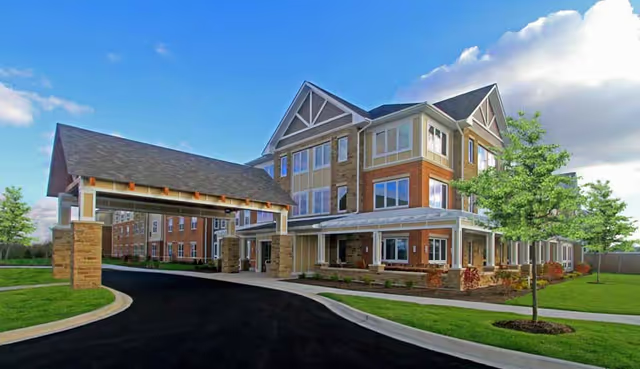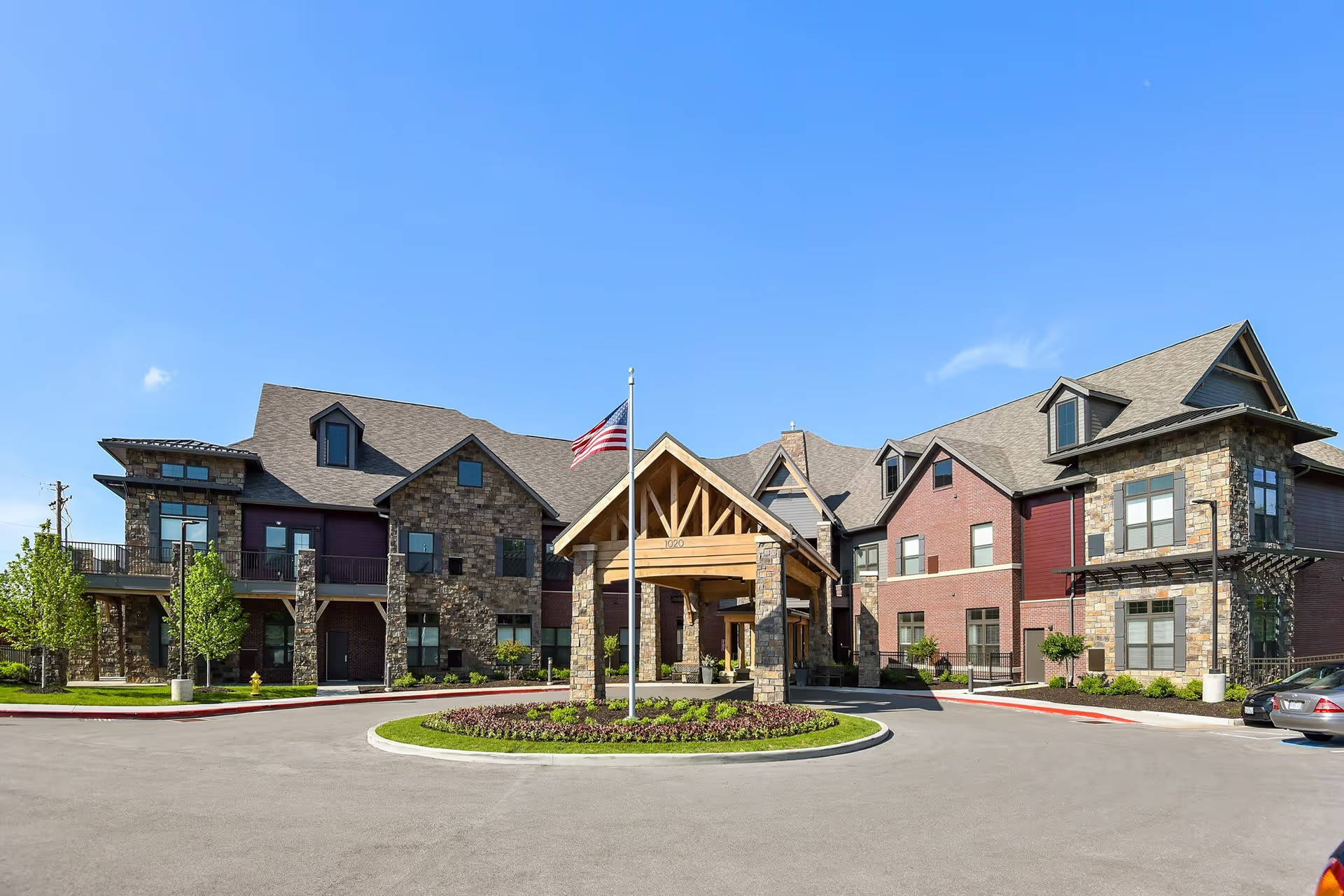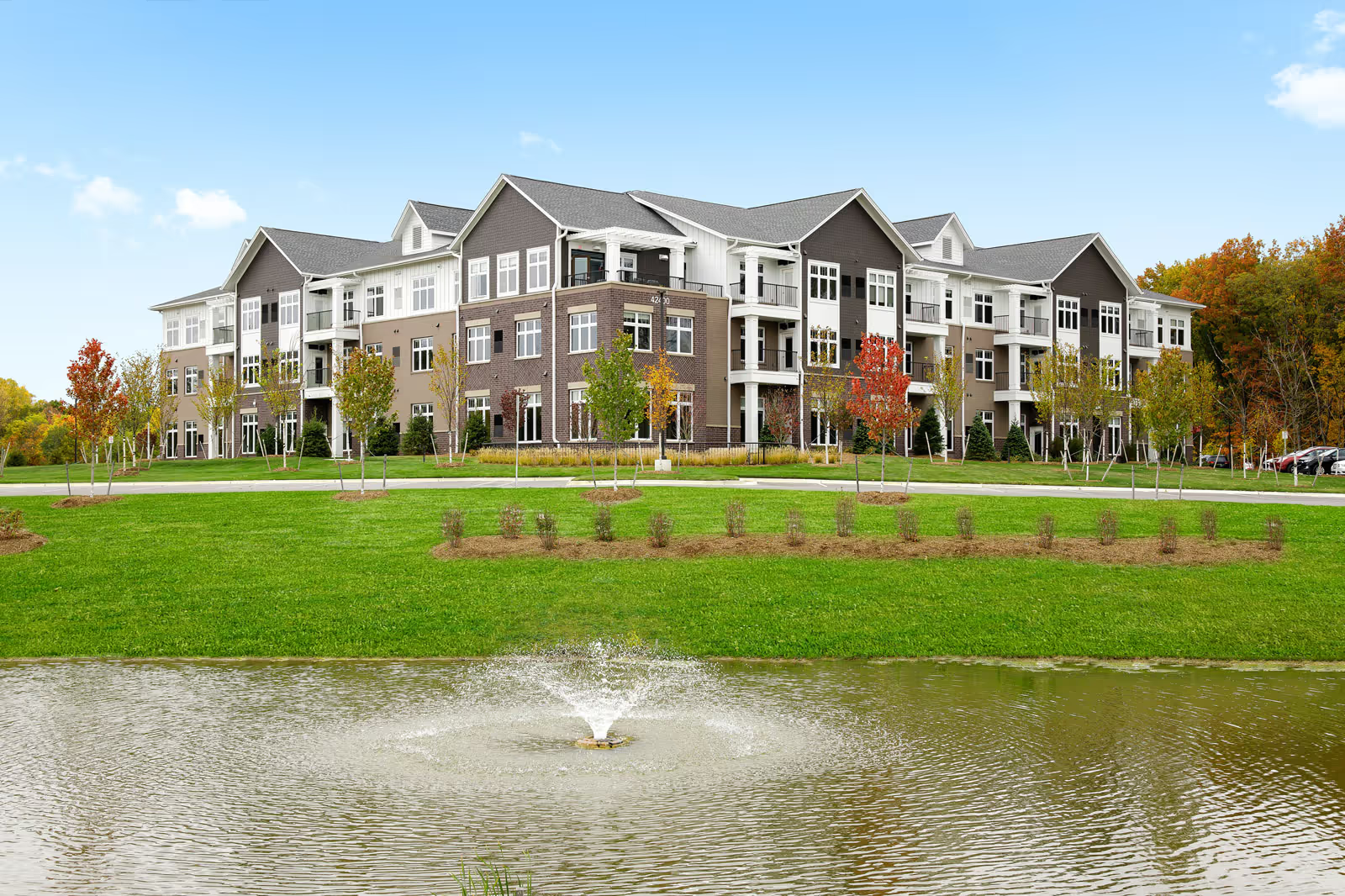The reviews for Dove Healthcare - Regional Vent Center present a mixed and polarized picture, with a substantial number of reviewers praising the facility and an equally concerning set of reports describing serious shortcomings. On the positive side, many reviewers highlight compassionate, professional, and welcoming staff who are perceived as educated and genuinely invested in patient well‑being. Several accounts emphasize strong rehabilitation services: physical and occupational therapy teams are described as outstanding, with seamless scheduling in positive cases and tangible outcomes such as patients returning home within a few weeks. Reviewers also note an attractive location with a pleasant outdoor area, plentiful activities for residents, good meals, and staff who keep families informed—factors that contribute to an overall impression of quality and responsiveness in multiple instances.
However, the negative reports raise significant concerns that affect safety, basic care, and trust. Multiple reviews allege inconsistent or inadequate hands‑on care: examples include no assistance with prescribed physical therapy, inconsistent personal hygiene (including failure to brush teeth), and patients being left in wheelchairs. One review reports an extreme hospice failure involving prolonged lack of food or water, and other accounts describe emergency room visits triggered by lapses in care. Administrative and admission processes are another recurring problem area: reviewers describe lost paperwork, promises of bed availability that were not honored, admission delays, and situations where beds were given to other patients. Communication failures—unreturned calls, poor follow‑through, and perceived dishonesty—compound these operational problems and create stress and separation for families.
Staffing and oversight appear as central underlying themes in the negative feedback. Several reviewers explicitly call the facility understaffed and link inadequate staffing levels to diminished care quality and concerns about clinical oversight. Where staffing and coordination are strong, reviewers report excellent therapy results and attentive care; where they are weak, the consequences described are severe (e.g., neglect, avoidable emergency visits). This pattern suggests variability in resident experience that may depend on unit staffing, shift, or individual team performance.
Taken together, the reviews depict a facility capable of providing high‑quality, compassionate rehabilitation and supportive services when systems and staffing are working well, but they also reveal systemic risks related to communication, admissions management, and consistent provision of basic care. Families and prospective residents should be aware of the divergent experiences reported: the center receives strong praise for clinical rehabilitation, meals, activities, and certain staff members, yet also draws sharp criticism for administrative failures, inconsistent bedside care, and possible understaffing. These contrasts point to areas for targeted improvement—particularly improving admission/documentation processes, strengthening communication with families, ensuring consistent hygiene and feeding practices, and addressing staffing and clinical oversight gaps to reduce variability in care quality.







